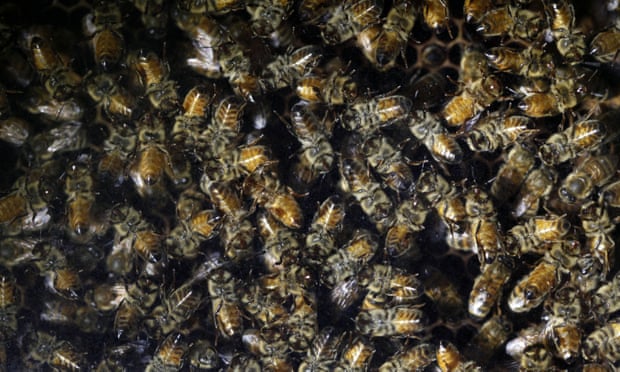The Guardian view on the mass death of insects: this threatens us all

One of the classic science-fiction treatments of the end of civilisation was The Death of Grass, by John Christopher, in which a mysterious sickness struck down all the grasses on which most of the world’s agriculture is based, from rice to wheat. In the end, politics among the survivors of plague, war and famine was reduced to a bitter fratricidal struggle over a defensible potato patch. Like most of the so-called “cosy catastrophe” novels, this could be criticised for optimism. Grim though a future of famine and the war of all against all might seem, the consequences were largely confined to humans.
The threatened extinction of insect populations around the world raises the prospect of a much more general catastrophe, which would implicate plants, birds, fish, small mammals, and everything else that depends on insects. That’s just the start. Other species, and we ourselves, depend on the animals and plants that need insects. When they go, we go. This is not just a greater catastrophe. It’s a much more plausible one. The most recent study concluded that insect biomass is decreasing around the world at a rate of 2.5% a year. At that rate, half the insects in the world will be gone in 50 years’ time, and all of them in a century – although no one will be keeping track of centuries then.

